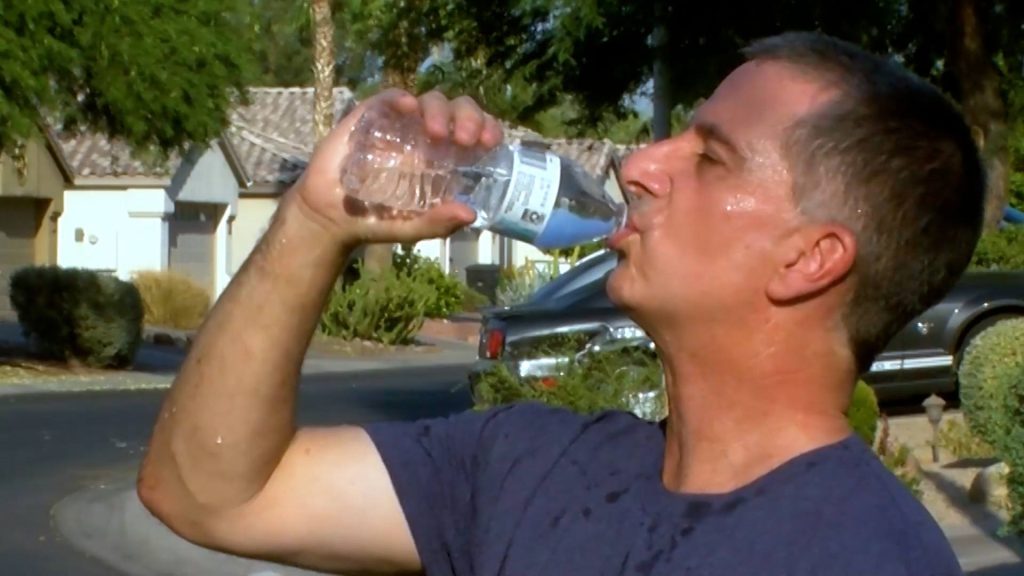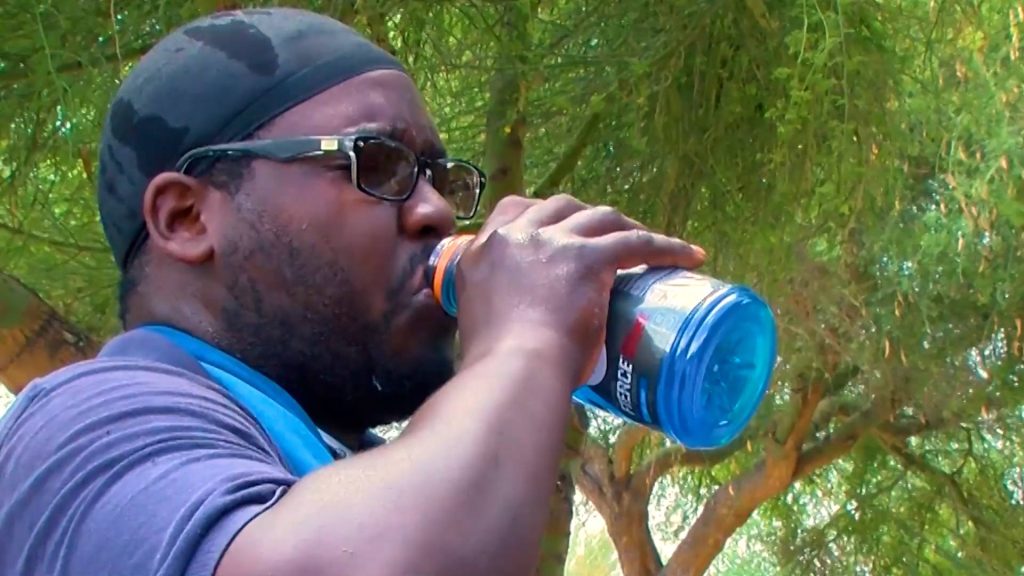
NOAA, the National Oceanic and Atmospheric Administration, reports that May 2023 was the third warmest May in 174 years. And it looks like June is following suit. The National Weather Service is forecasting very warm temperatures across much of the country this week, especially across the south.
Working or playing in heat like this can be dangerous. Dr. Steven Maher, an emergency medicine specialist at Mayo Clinic, has this top tip if you have to be out in the heat:
Watch: Stay hydrated and the signs of heatstroke
Journalists: Broadcast-quality video is available in the downloads at the end of the post. Name super/CG: Steven Maher, M.D./Emergency Medicine/Mayo Clinic
"I can't stress enough hydration; they should continually be hydrating. And, you know, they should drink lots of water, plenty of it. And once they get into the second or third bottle of water, they can start adding in something like an electrolyte drink just to like the second or third bottle of water, they can start adding in something like an electrolyte drink just to kind of keep the electrolytes up as well because you lose salts and water."

Heat illness begins with heat exhaustion when you might begin to feel nauseous, tired, dried out and thirsty. If you don't cool down and hydrate, you can advance to heat stroke.
"When you get into heat stroke, your core body temperature rises, oftentimes over 40 degrees centigrade, and you get confusion and multiorgan dysfunction, and that's a very bad place to be. We don't want people to get to that extreme," says Dr. Maher.
If you notice someone struggling, Dr. Maher says, you want to remove the outer layers of clothing and, if possible, put ice packs in the person's armpits or the groin. You can also spray a person with tepid water. If available, position a fan to circulate the air. This can also help cool the person off.
Other heat-related articles:
- Mayo Clinic Minute: Heat and how it affects medication
- Safety tips to prevent heat-related illness
- Mayo Clinic Minute: Heat exhaustion and heatstroke
Related Articles






